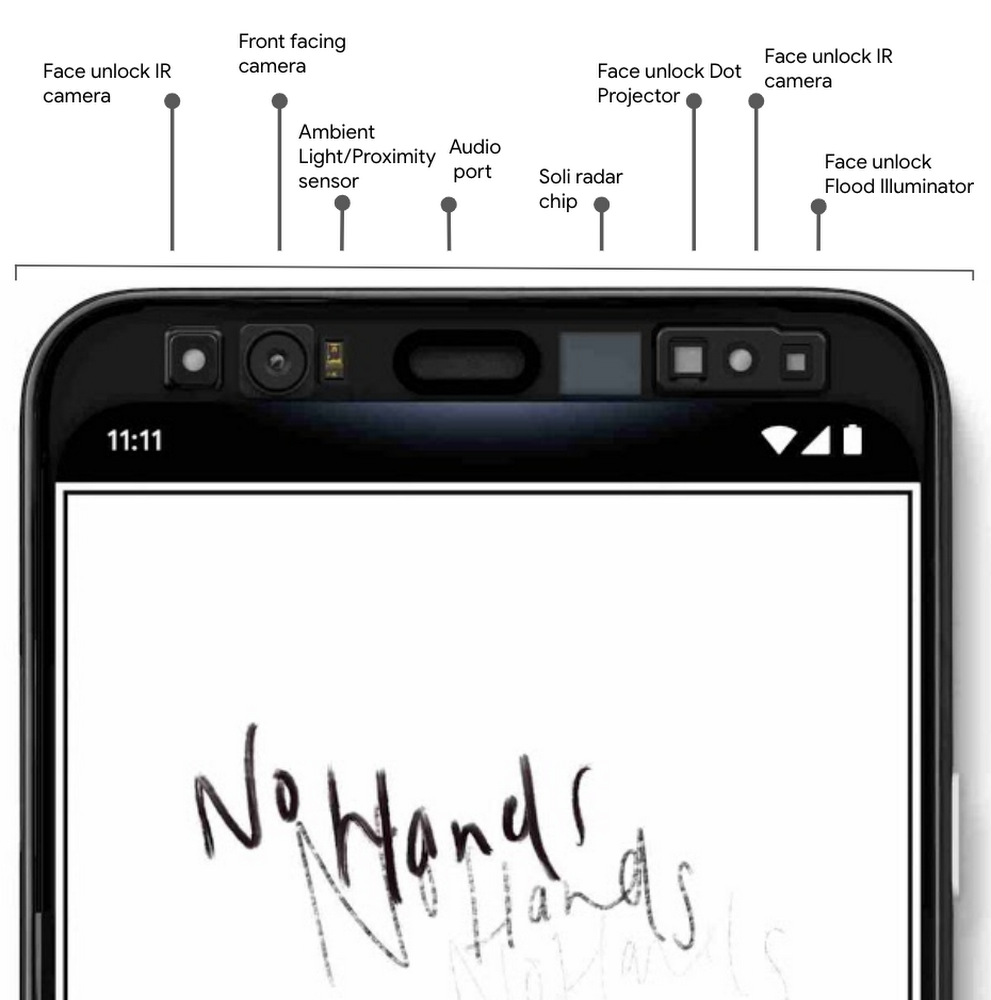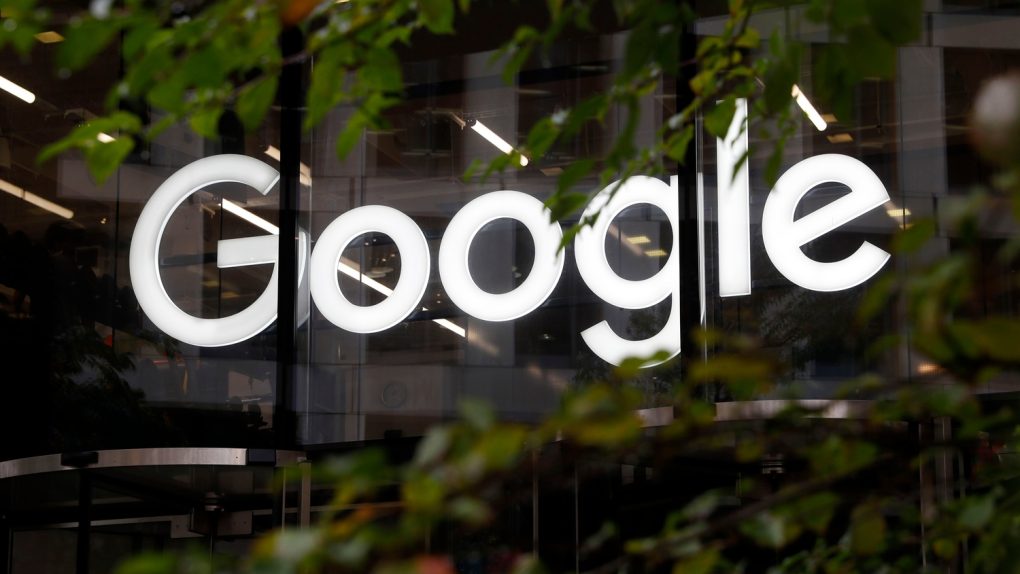Ahead of the launch of Google’s Pixel 4 this fall, the company has gone ahead and confirmed several of the handset’s key features that we’d had a sense were coming, such as the presence of a Face ID equivalent for device authentication.As we noted a few days ago, it became apparent that Google has already been testing its face unlock system in the wild. On Monday, Google made the presence of the feature official in the upcoming Pixel 4 — and even took a veiled swipe at the iPhone, which requires the phone to be held in a vertical orientation for Face ID to work.
In a company blog post, Pixel product manager Brandon Barbello noted that Google has engineered its face unlock system a little differently. As you reach for the handset, he explains, the face unlock sensors automatically turn on, assuming that you might want to unlock your phone. “If the face unlock sensors and algorithms recognize you, the phone will open as you pick it up, all in one motion,” he explains. “Better yet, face unlock works in almost any orientation — even if you’re holding it upside down — and you can use it for secure payments and app authentication too.”
To be sure, that same orientation limitation doesn’t exist anymore on iPads and may also be the case in the next iPhone models Apple releases.

Meanwhile, Barbello’s post adds about Google’s face unlock that it processes data that stays on your device, meaning your image doesn’t ever leave your phone. The image used to unlock your phone isn’t saved nor “shared with other Google services,” and it stays secure within the Pixel’s Titan M security chip.
Among other features of the Pixel 4, we already knew it will feature the first dual-lens camera in the line’s history. The phone will also be Google’s first device to rely on Soli, which is the name of Google technology that refers to using sensors to pick up air gestures and turn them into actions on a device.
Google’s Advanced Technology and Projects Team, according to Barbello, has been working on Soli for the past five years. Interestingly, it’s similar to the technology that’s been used for decades to detect planes and other large objects. “We’ve developed a miniature version located at the top of Pixel 4 that senses small motions around the phone,” he explains, “combining unique software algorithms with the advanced hardware sensor, so it can recognize gestures and detect when you’re nearby. “
Soli will thus enable a whole range of abilities in the Pixel 4, allowing the motion sense gestures to let you skip songs, snooze alarms, and silence phone calls merely by waving your hand. “These capabilities are just the start, and just as Pixels get better over time, Motion Sense will evolve as well.”








